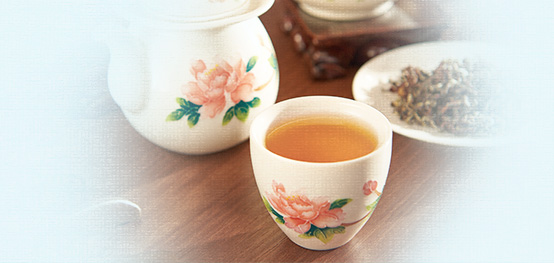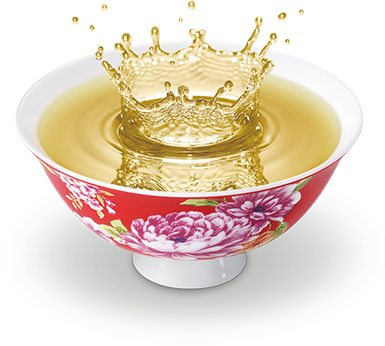Oriental Beauty, a high-class oolong tea, is mainly produced in Peipu and Emei region in Hsinchu County. With its leaves infected by leafhoppers, the buds whiten, so it's also called White Tip Oolong. The leaves usually contain five colors: white, green, yellow, red, and brown, oozing a floral appearance and fruity aroma. The tea itself, having been brewed, is amber in color, and has a mouthfeel similar to Tung Ting Oolong mixed with black tea.
There are two versions of the story as to how the name catches on. First, it's said that during Japanese colonial rule in Taiwan, an English tea merchant happens to purchase White Tip Oolong and presents it to the Queen. Her Majesty is so impressed with its beautiful leaves, floral aroma and thick, mellow flavor that it reminds Her of a classical Eastern beauty. As a result, the Queen names it "Oriental Beauty". The other version goes that in 1960, the tea has won a silver medal in the World Food Fair held in England. It is subsequently sent to the Queen. After having a taste, the Queen associates the tea with beautiful Chinese ladies and comes up with the name accordingly.




